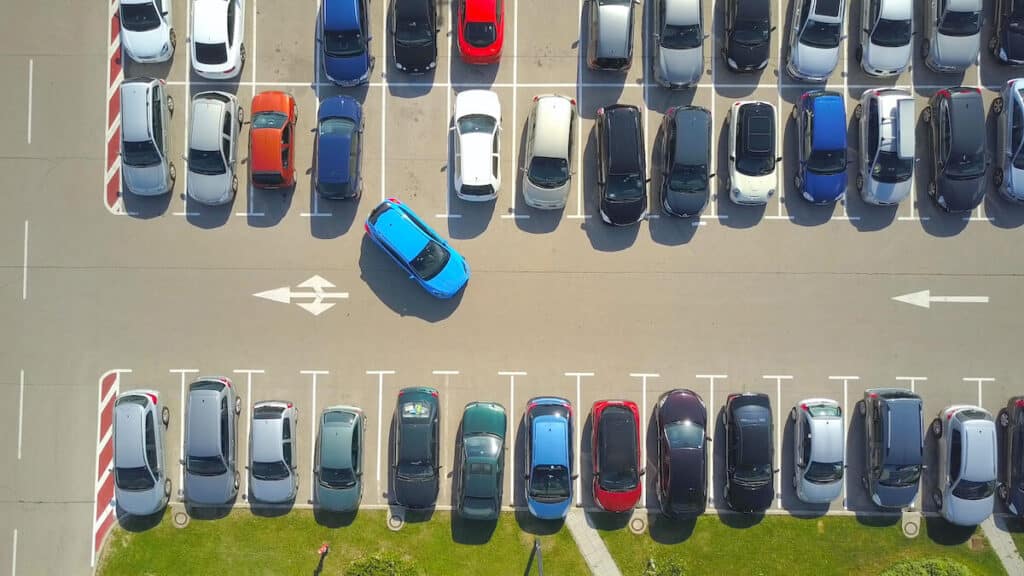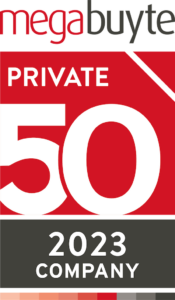Driving transformation for a traditional brand
Hybrid, home and remote working have completely changed how we all commute. We don’t drive to the office and park in the same spot five days a week any more. That’s had a big impact on season tickets – including for car parks.
Car parking has transformed in the past few years. We book and pay for parking on mobile phones on a pay-as-you-go basis, using Apple pay or equivalent. Automatic number plate recognition software and handheld apps by parking inspectors have eliminated the need for physical tickets.
Working closely with the team at a large parking provider, we’ve reimagined its customer experience to be digital, dynamic and flexible enough to meet the needs of a new generation of drivers, while still reflecting the trust that’s inherent in the brand.
If you think about parking, you think about big multi-storey car parks in city centres, commuters, seven-day season tickets. You probably don’t think digital and mobile apps, flexible parking options and pre-booking discounts. But you should.
Car parking providers hold a lot of real estate. But as customer behaviour changed in the wake of the pandemic, our client, a parking brand, knew that it needed to overhaul its digital user experience to create a flexible product to make the best use of its physical car parks.

Putting UX at the heart of the solution
We started the project by working closely with the in-house team to establish what the brand really needed. We ran a product discovery workshop with the client to establish its business need, coming up with the concept of a digital, flexible season ticket product that means people can park for a few hours or a few days per week – whatever they need to fit with new working and living patterns. We got under the skin of the user experience, thinking like their customers – how they could use an app to locate, access and pay for parking. We thought about human error – what happens if you accidentally pay to park the wrong car, for example, or you’re car sharing?
Next, we researched the competition, remembering it doesn’t always come from the obvious places. We wanted to make sure the parking brand was ahead of the pack in terms of functionality, but retained its advantage in brand identity and physical product (the car parks).
Our design team created realistic and interactive visualisations of how the product might work, which was really important in getting buy-in from the senior stakeholders. Once we were all working to the same goal, we started on the detailed UX strategy and design.
The best UX is simple, clean, and reflects the brand’s values. We call it Brand UX. Most pay-as-you-go parking services are interchangeable – you could be on any of them. We wanted to create an app that looked and felt unique to the brand, with a fresh, innovative feel.
Then, we thought about how the parking brand can build a relationship with its customers. How we could use data to make a customer’s life easier, with benefits and rewards built into the app.
Designed to evolve
The key change that was needed here was to think of the new app as something that was designed and built to continually evolve
Technology for the future
From a technology point of view, the existing apps were built using a cross-platform framework (Xamarin). Whilst this provided some familiarity for the .Net developers that maintained it, the skills needed for effective mobile development go beyond the programming languages. As a result, this previous approach had produced an app that didn’t feel natural to either iOS or Android users. Furthermore, while this promised a single codebase for both operating systems, it came at the expense of being able to take advantage of new features, and proved difficult to manage through OS update cycles. We therefore proposed building a new master app, that would house all future parking products as iOS and Android native applications.
In order to support the new apps, a back-end platform was needed. We had already done an initial tech audit which identified issues with the existing platform. However, it was important not to change everything at once, and so we chose to reuse parts of the existing platform, including systems for managing car parks and pricing, and for interacting with the car park equipment. This reduced the time to live by simplifying the work, and limiting our exposure to any changes to third party systems. Anything we reused was carefully isolated, giving us the option to replace, should the need arise, without having to also replace the new code that was added.
The final piece of the puzzle was making effective use of relevant third-party systems. The existing platform had been built on Azure, which we retained. On the user management and payments front, however, the existing systems had repeatedly caused issues, and it was clear that they were not a good fit for the business needs. These were replaced by Azure AD B2C, and Stripe, which were both a better fit, and would be able to support the evolution of the new platform.




